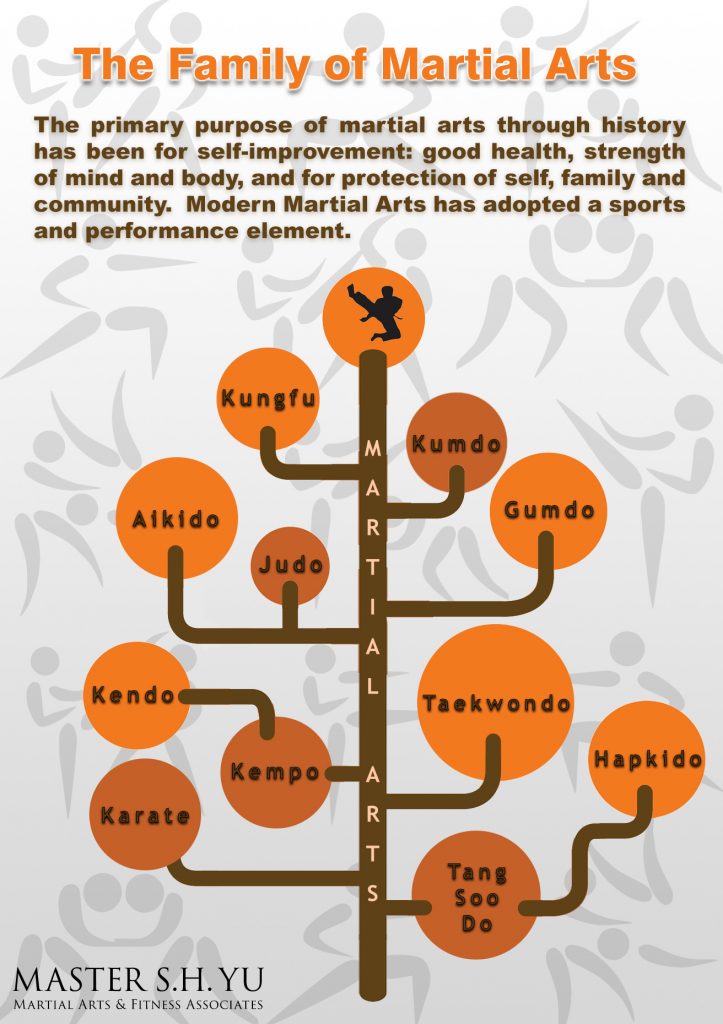The Worldwide Background And Improvement Of Martial Arts
The Worldwide Background And Improvement Of Martial Arts
Blog Article
Material By-Winkler Graham
Martial arts have a fascinating background that extends centuries and continents. You could discover it interesting just how old practices like Shuai Jiao and Kalaripayattu prepared for modern-day combat strategies. These self-controls not only stress physical abilities but likewise mirror the cultures that birthed them. As you discover their evolution, take into consideration how globalization has changed these conventional forms into crossbreed styles. What impacts do you think have shaped today's martial arts landscape?
Ancient Martial arts: The Structures of Fight
As you look into the globe of ancient martial arts, you'll uncover the rich foundations that shaped fight techniques across cultures. Early techniques concentrated on Self-Defense and survival, frequently including strikes, hurting, and weapons.
In old China, as an example, techniques like Shuai Jiao highlighted throws and joint locks, while India's Kalaripayattu showcased dexterity and liquid activity. Japanese samurai created Kenjutsu, a polished swordsmanship that highlighted discipline and approach.
These martial arts offered not just for fight but additionally as a way of individual growth, instilling values like regard and perseverance. The blending of these methods over time laid the groundwork for the varied martial arts you see today, each reflecting the unique philosophies and demands of its culture.
The Social Impact on Martial Arts Growth
While martial arts usually show the useful demands of a society, they also embody the social worths and ideas of their origins. When you explore various martial arts, you'll discover exactly how they're influenced by religious beliefs, philosophy, and social norms.
For example, the emphasis on regard and self-control in Japanese martial arts stems from Zen Buddhism and samurai society. In contrast, Brazilian Jiu-Jitsu promotes adaptability and approach, shaped by the demand for efficiency in a diverse, multicultural environment.
You could find that the routines, attires, and training approaches show a community's history and identification. By recognizing these cultural impacts, you grow your admiration of martial arts and their role fit human experiences across the globe.
Modern Adaptations and the Globalization of Martial arts
Martial arts have actually transformed substantially in current decades, adapting to modern culture and global influences. You'll notice that standard types have blended with modern-day methods, developing hybrid styles like mixed martial arts. These adjustments deal with diverse audiences, making martial arts available and attractive worldwide.
With the increase of social media sites and electronic platforms, you can find tutorials and competitors from all edges of the globe, damaging geographical obstacles. just click the following web page has actually brought about a common gratitude for various disciplines, from Brazilian Jiu-Jitsu to Taekwondo.
As you engage with these arts, you'll recognize they're not almost combat; they promote fitness, self-control, and psychological well-being.
Ultimately, contemporary adaptations have enhanced the martial arts landscape, making it a dynamic and progressing technique.
Verdict
In discovering the history and development of martial arts, you uncover a fascinating mix of techniques, cultures, and viewpoints. From old self-controls like Shuai Jiao and Kalaripayattu to the contemporary versatility seen in mixed martial arts, martial arts show humankind's mission for Self-Defense and personal growth. As you engage with these methods, you not only obtain skills however also a much deeper recognition for the varied traditions that form our world today. So, continue martial arts like judo 6 letters and welcome the art of combat!
